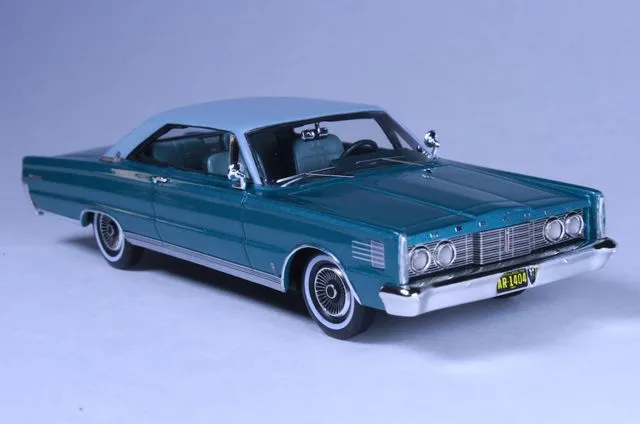Understanding the Diecast Dealer Market
The diecast dealer market is a dynamic and passionate community driven by the love of miniature vehicles. It’s a space where collectors, enthusiasts, and entrepreneurs converge, creating a unique ecosystem. Understanding this market is the first, and arguably most important, step toward building a successful diecast business. This involves a comprehensive understanding of the key players, popular brands, and different scales of diecast models. The market thrives on the appeal of these miniature replicas, which range from everyday cars to race cars, classic vehicles, and more. The demand for these models fluctuates, influenced by trends, brand popularity, and the rarity of particular pieces. A deep understanding of these factors is crucial for anyone aiming to make a significant mark in the industry. To excel in this market, dealers need to stay updated on industry news, actively participate in collector events, and constantly monitor online marketplaces to identify trends and opportunities. This foundational knowledge allows dealers to make informed decisions, navigate challenges, and ultimately, maximize their success.
Key Players and Brands
Knowing the key players and popular brands is essential for a diecast dealer. Focus on the major manufacturers, like Greenlight, Hot Wheels, Matchbox, Autoart, and Minichamps, which form the backbone of most dealer inventories. Each brand has its own specialty, whether it is classic cars, modern vehicles, or racing models. Assessing the brands’ strengths and weaknesses is a key aspect of business. Understanding the target audience for each brand can help a dealer focus their efforts. For instance, Greenlight specializes in authentic replicas of movie and TV cars, while Hot Wheels caters to affordable, highly collectible models. Keeping track of the brands that are popular, and those that are in decline, allows the dealer to react quickly to market changes. A successful dealer will know which models and brands are highly sought after. Furthermore, knowing where to source the most desirable models is critical to any diecast dealer business.
Popular Diecast Scales
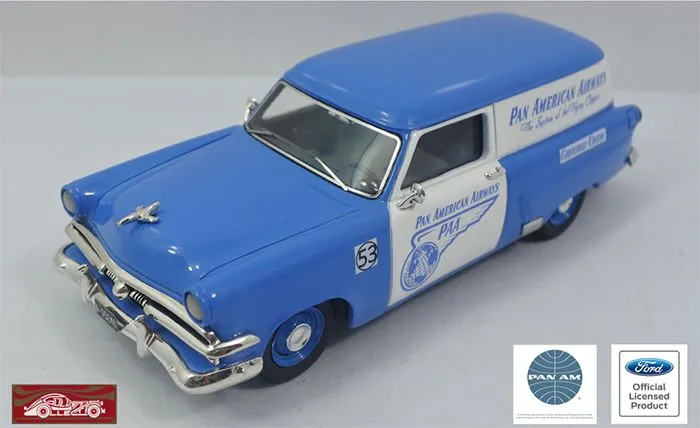
Diecast models come in various scales, each catering to different collector preferences and display needs. The most popular scales include 1:18, 1:24, 1:43, and 1:64. 1:18 scale models are larger and provide great detail, making them popular with serious collectors. However, they require more display space and can be more expensive. 1:24 scale models offer a good balance between detail and cost, providing a good level of detail at a slightly lower price than 1:18. 1:43 scale is a common choice for those with space constraints and for collectors who focus on specific car types or brands, such as racing cars. Finally, 1:64 scale, which includes Hot Wheels and Matchbox cars, is extremely popular due to its affordability and high collectibility. Dealers should understand the scales their target customers collect, and how to balance their inventory accordingly. This will help dealers offer models that appeal to their customer base. The different scales each have different appeal.
Secret 1 Sourcing Rare Models
One of the most important secrets to success for diecast dealers is the ability to source rare and valuable models. This means having the knowledge to find those elusive pieces that collectors are eager to pay a premium for. Success in the diecast market often comes down to this skill. This section will cover where to find rare models and the key things to look for when identifying valuable pieces. Mastering the art of sourcing rare items is the key to growing a good business into a great one. Rare models come from limited releases, special editions, or those that were only sold in certain regions. This part of the business requires dedication, and the ability to recognize rare models when they appear.
Where to Find Rare Models
Finding rare diecast models requires exploring various avenues, both online and offline. Online, auction sites like eBay, dedicated diecast forums, and social media groups are prime hunting grounds. Developing direct connections with collectors is a great way to source models. Offline, attending model car shows, swap meets, and local collector events provides valuable opportunities. Persistence, patience, and a keen eye are crucial. Local antique stores and flea markets can also be valuable sources, though this often requires more time and a detailed inspection. Networking with other collectors and dealers provides access to models before they appear on the open market. The most successful dealers build and nurture strong networks to increase opportunities and obtain valuable inventory. Maintaining a vast network is essential to building the type of business that attracts top-tier models.
Tips for Identifying Valuable Models
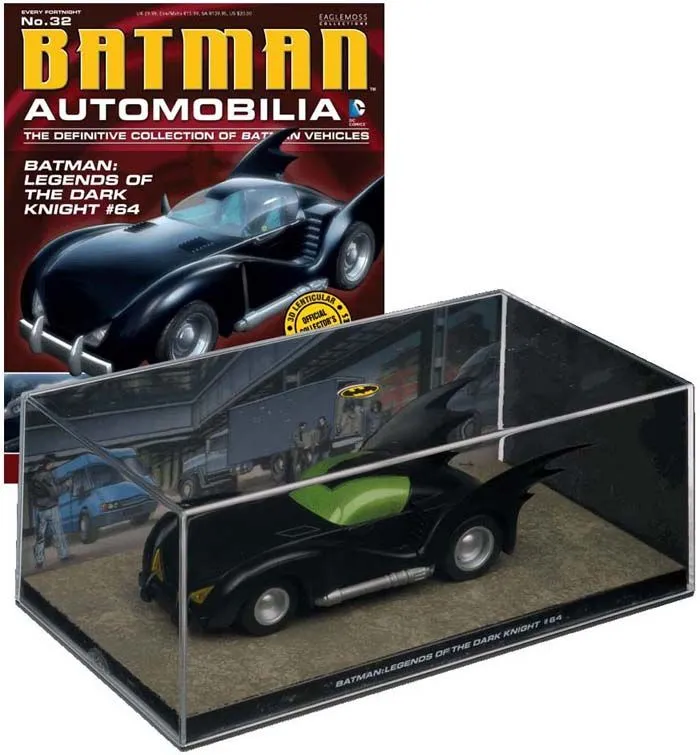
Identifying valuable models requires a keen eye and a good grasp of market trends. Look for models that are limited edition, have unique features, or are from highly sought-after brands. Check the model’s condition and original packaging. Both of these factors can significantly impact its value. Scarcity is a key factor. Models produced in limited quantities, or those that are no longer in production, are often in high demand by collectors. Research the model’s history and the story behind it. This might include learning about the specific production run, any special features, or the cultural impact of the model. Closely inspect the model for any imperfections, such as paint chips, scratches, or missing parts. The better the condition, the more valuable it is likely to be. Preserve the original packaging. The presence of the original packaging can often increase the model’s value. Be aware of current market prices and trends. This will allow you to assess the value of models accurately.
Secret 2 Pricing Strategy
An effective pricing strategy is vital for maximizing profits in the diecast market. This involves understanding the factors that influence diecast prices and setting competitive prices. The diecast market is competitive, so your pricing can make or break your business. Researching the market, understanding your costs, and understanding the value of your inventory are all essential aspects of a sound pricing strategy. Balancing profitability and competitive pricing is a skill. This skill will help you succeed in the diecast market.
Factors Influencing Diecast Prices
Several factors significantly impact diecast model prices. Rarity is a crucial factor, and limited edition models or those no longer in production often command higher prices. Condition also plays a vital role; models in excellent condition, with their original packaging, are more valuable. Brand and model popularity greatly influence prices. Certain brands and specific models have a strong following, pushing up prices. Demand is a key factor. If a model is highly sought after by collectors, its price will likely be higher. The scale of the model also impacts its value; larger models, such as 1:18 scale, typically cost more than smaller ones. The location of the sale can also influence prices. Prices may vary depending on whether models are sold online or in a physical store. Understanding these factors is crucial.
Setting Competitive Prices
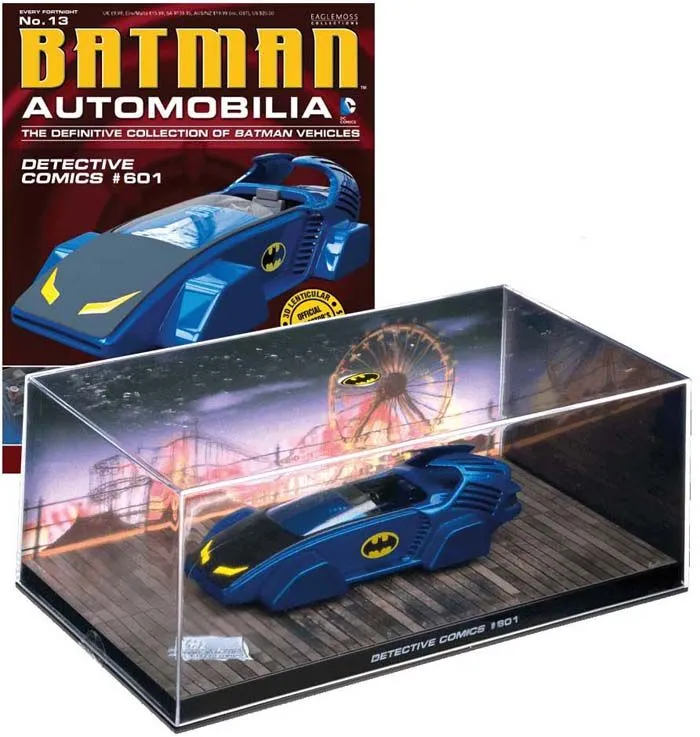
Setting competitive prices requires careful research and a strategic approach. Start by researching the market and determining current prices for similar models. Use online marketplaces, auction sites, and price guides to gather information. Factor in your costs, including the original purchase price, any restoration costs, and shipping fees. Consider your target market and the price range they are willing to pay. Set prices that are attractive to customers while still generating a profit for you. Be prepared to negotiate. This can be useful when you’re dealing with serious collectors. Regularly review and adjust your prices. Stay informed about market trends. By following these guidelines, you can set prices that will help you succeed in the diecast model market.
Secret 3 Building a Customer Base
Building a strong customer base is fundamental for long-term success in the diecast model business. This involves creating a positive customer experience, using a variety of platforms for selling, and actively networking. Building customer loyalty takes time and effort. Satisfied customers are likely to return and recommend your business to others. A strong customer base also provides feedback. This feedback can help you improve services and offerings. A good customer base can also give you critical information about current market trends.
Online Platforms for Selling
Online platforms are essential tools for selling diecast models, allowing you to reach a global audience. eBay is a popular choice. It provides a large customer base and a straightforward selling process. Create high-quality listings with detailed descriptions, accurate condition reports, and clear photos. Marketplace platforms such as Facebook Marketplace offer another avenue. Facebook groups dedicated to diecast models can be very helpful, allowing you to connect with enthusiasts and potential buyers. Consider creating your own website or online store. This allows you to have more control over your brand and customer experience. Social media platforms like Instagram and Facebook are effective for showcasing your inventory and engaging with potential customers. Regularly update your listings, respond to inquiries promptly, and provide excellent customer service to build trust and encourage repeat business. Online platforms provide a convenient, efficient, and cost-effective way of reaching a vast audience.
Offline Networking
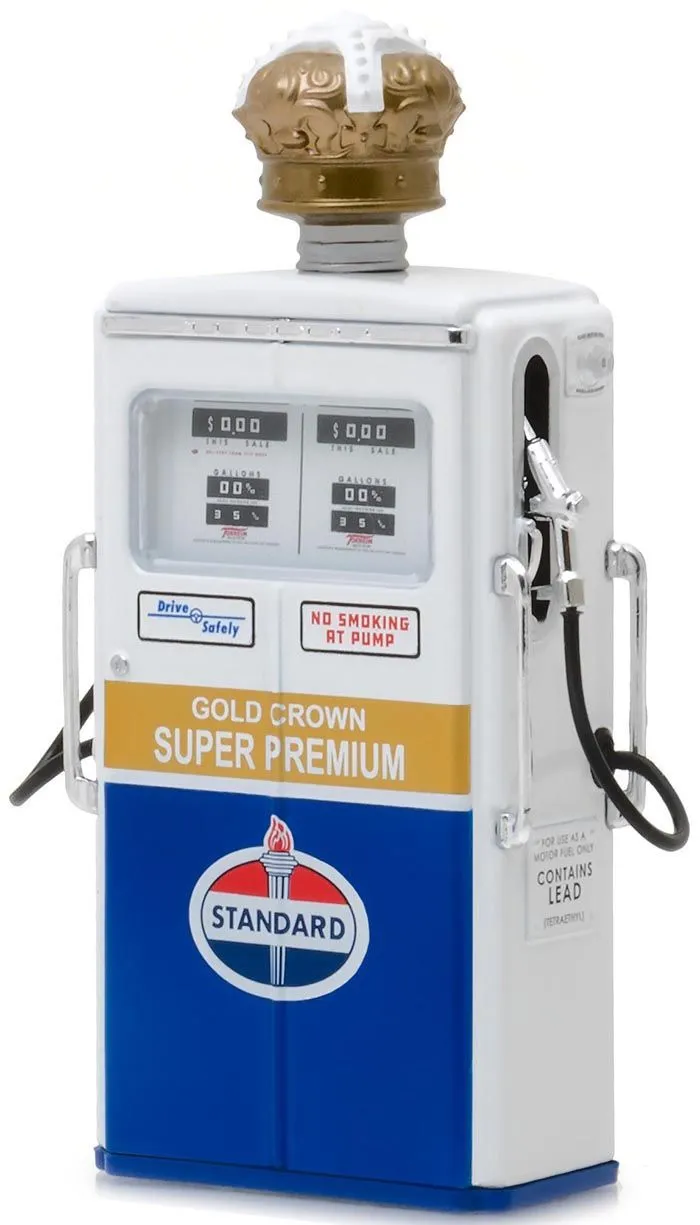
Offline networking is a must for building relationships and expanding your customer base. Attend diecast model shows, swap meets, and collector events to connect with potential buyers and other dealers. These events offer great opportunities to showcase your models, share knowledge, and build relationships. Engage with collectors and dealers, share your expertise, and offer assistance. Building positive relationships allows you to create a referral network. Consider joining or starting a local collector club. These clubs often organize events, giving you opportunities to showcase your inventory and interact with collectors. Always present yourself professionally, be reliable, and provide excellent customer service to build trust. Networking helps build your reputation and establish you as a trusted source within the diecast community.
Secret 4 Authenticity and Condition
Authenticity and condition are critical in the diecast model market. Buyers need to know the models they are purchasing are genuine and are in the condition advertised. Providing authentic models and accurately grading their condition builds trust. Honesty and accuracy are highly valued by collectors, and are essential for sales and long-term relationships. Being scrupulous about authenticity and condition helps avoid disputes. The reputation you build for authenticity and accuracy will directly affect your success. This will increase customer confidence and support your business.
Authenticity Checks
Authenticity checks are essential to protect both yourself and your customers. Verify the model’s manufacturer markings, like logos and serial numbers. Compare the model to known genuine examples, using online resources, catalogs, and expert opinions. Familiarize yourself with common fakes and learn to spot any red flags. Examine the packaging for tampering or inconsistencies. If you are uncertain about authenticity, seek expert advice from trusted dealers, collectors, or appraisers. Document all authenticity checks and keep detailed records for each model. Providing documentation adds to the model’s perceived value and builds trust with potential buyers. Always verify authenticity, as it protects both you and your reputation.
Condition Grading Guidelines
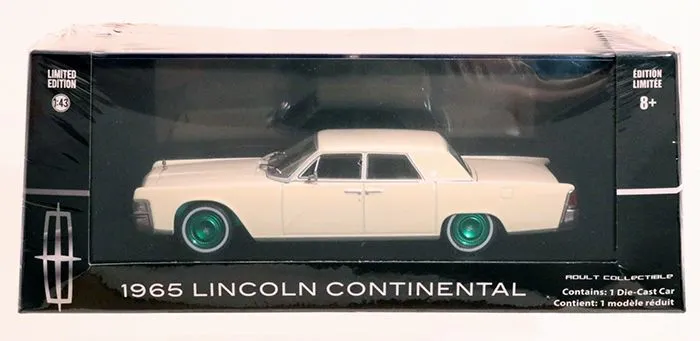
Accurately grading the condition of diecast models is essential for setting prices and managing customer expectations. Use established grading guidelines. The International Diecast Collectors Club uses them. These guidelines provide standardized terms for describing the condition of models, such as Mint, Near Mint, Excellent, Very Good, Good, and Fair. Thoroughly inspect each model for any defects, such as scratches, paint chips, or missing parts. Document all flaws in your listings. Provide detailed descriptions and clear photographs. Be honest and transparent about the model’s condition. Use a consistent grading system for all models, and always provide accurate descriptions. This builds customer trust. Offer refunds if a customer is not satisfied. This shows your commitment to customer satisfaction.
Secret 5 Shipping and Handling
Shipping and handling are crucial aspects of a successful diecast dealer business. Correct packing, reliable shipping options, and insurance are essential for protecting your inventory and ensuring customer satisfaction. The cost of shipping should be included in your pricing strategy. Being efficient and cost-effective with your shipping and handling processes is very important. Properly handling and shipping your models is essential to a successful diecast dealing business. The goal is to deliver your products safely and efficiently.
Packing Diecast Models
Proper packing is vital to protect diecast models during transit. Use high-quality packing materials. Bubble wrap, packing peanuts, and sturdy boxes will protect your models. Wrap each model carefully in bubble wrap to prevent scratches. Place the model in a box that is appropriately sized. Fill any empty space in the box with packing peanuts. Secure the box with strong packing tape. Label the box with clear warnings to ensure proper handling. Consider using double-walled boxes. Take pictures before shipping. This will help in case of any damage claims. Proper packing ensures customer satisfaction and minimizes the risk of disputes.
Choosing the Right Shipping Options
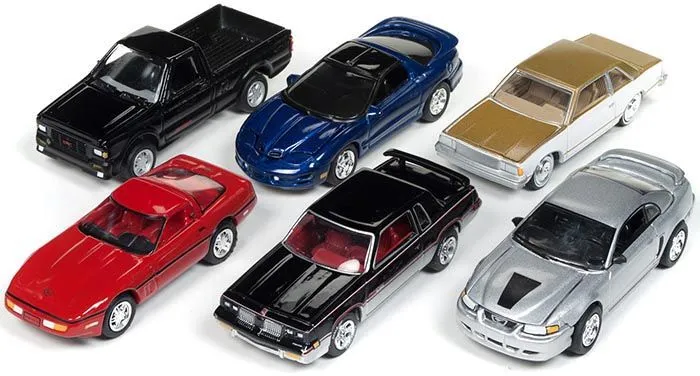
Selecting the right shipping options ensures your diecast models arrive safely and on time. Offer a variety of shipping services, such as USPS, UPS, and FedEx. Compare shipping rates to find the most cost-effective options. Consider offering both domestic and international shipping. Provide tracking numbers. Insure valuable models. Clearly communicate shipping costs. Properly handling and shipping your models is essential to a successful diecast dealing business. The goal is to deliver your products safely and efficiently.
In conclusion, success as a diecast dealer requires a combination of knowledge, dedication, and business skills. Mastering the secrets of sourcing rare models, pricing strategically, building a customer base, ensuring authenticity, and providing reliable shipping are key. Stay informed, adapt to market changes, and prioritize customers. These are vital ingredients for long-term success in diecast dealing.
